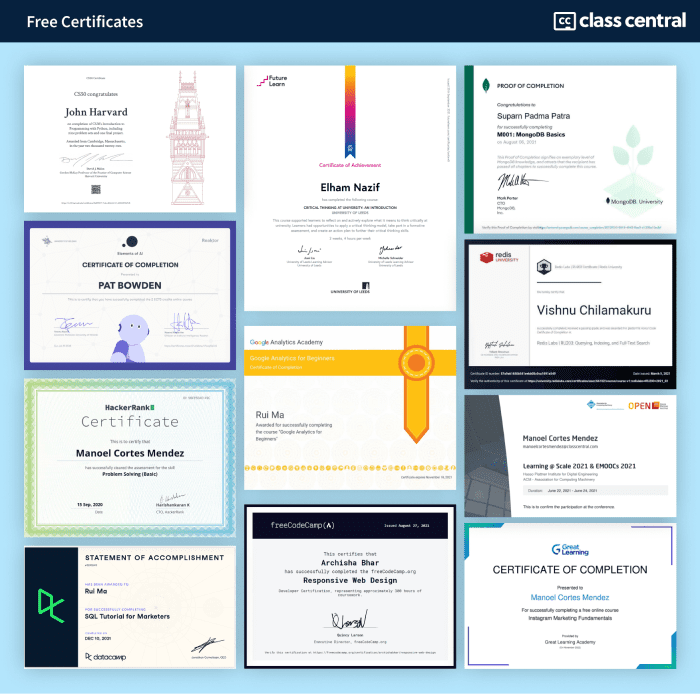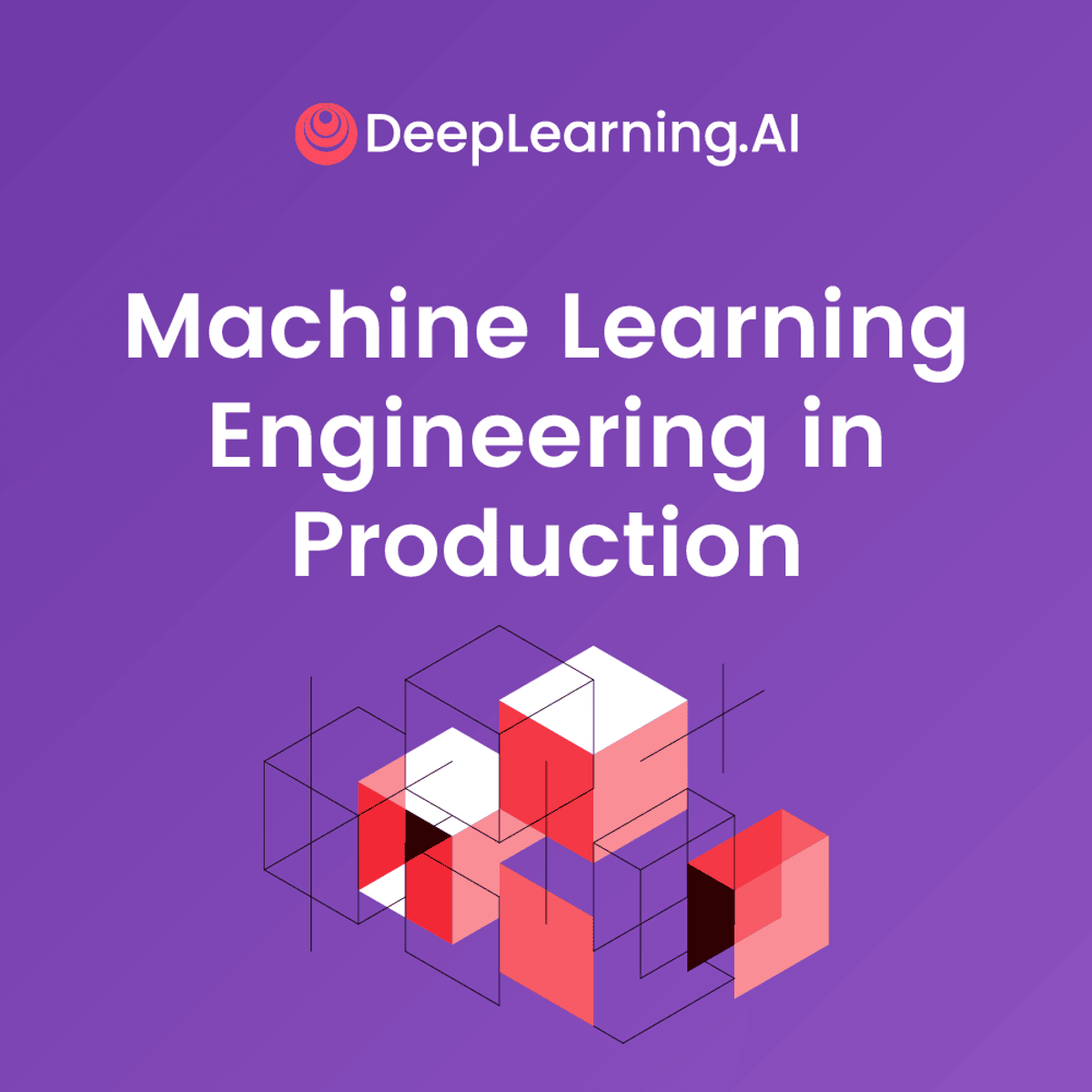All Categories
Featured
Table of Contents
- – Examine This Report about I Want To Become A M...
- – The Best Guide To 19 Machine Learning Bootcamp...
- – How To Become A Machine Learning Engineer - E...
- – Little Known Facts About Machine Learning Cou...
- – What Does Practical Deep Learning For Coders...
- – The Single Strategy To Use For Machine Learn...
- – The 30-Second Trick For No Code Ai And Machi...
Some people think that that's cheating. Well, that's my entire occupation. If someone else did it, I'm mosting likely to utilize what that individual did. The lesson is putting that apart. I'm compeling myself to analyze the feasible solutions. It's more regarding taking in the material and attempting to use those ideas and less regarding discovering a collection that does the job or finding somebody else that coded it.
Dig a little bit deeper in the math at the start, so I can build that foundation. Santiago: Finally, lesson number 7. This is a quote. It says "You have to comprehend every detail of an algorithm if you intend to use it." And then I claim, "I believe this is bullshit recommendations." I do not think that you need to recognize the nuts and bolts of every algorithm prior to you use it.
I've been using neural networks for the lengthiest time. I do have a sense of how the gradient descent works. I can not describe it to you now. I would have to go and check back to actually obtain a far better instinct. That doesn't mean that I can not resolve points utilizing neural networks, right? (29:05) Santiago: Trying to require people to assume "Well, you're not going to achieve success unless you can clarify each and every single detail of exactly how this functions." It goes back to our arranging example I think that's simply bullshit suggestions.
As an engineer, I have actually worked on several, lots of systems and I have actually utilized many, many points that I do not recognize the nuts and screws of just how it works, despite the fact that I recognize the effect that they have. That's the final lesson on that thread. Alexey: The funny thing is when I consider all these collections like Scikit-Learn the algorithms they use inside to carry out, for instance, logistic regression or another thing, are not the same as the formulas we examine in equipment discovering classes.
Examine This Report about I Want To Become A Machine Learning Engineer With 0 ...
So even if we attempted to learn to get all these fundamentals of artificial intelligence, at the end, the algorithms that these collections make use of are various. ? (30:22) Santiago: Yeah, absolutely. I think we require a lot much more pragmatism in the industry. Make a whole lot even more of an impact. Or concentrating on delivering value and a little bit less of purism.

I usually talk to those that want to function in the sector that want to have their effect there. I do not dare to speak regarding that since I do not know.
But right there outside, in the market, materialism goes a long means without a doubt. (32:13) Alexey: We had a remark that said "Really feels more like inspirational speech than discussing transitioning." So maybe we should switch. (32:40) Santiago: There you go, yeah. (32:48) Alexey: It is a great motivational speech.
The Best Guide To 19 Machine Learning Bootcamps & Classes To Know
One of the things I desired to ask you. I am taking a note to speak about becoming better at coding. But initially, let's cover a pair of things. (32:50) Alexey: Let's begin with core devices and structures that you need to find out to in fact shift. Allow's say I am a software engineer.
I recognize Java. I understand how to use Git. Maybe I understand Docker.
Santiago: Yeah, definitely. I believe, number one, you need to begin discovering a little bit of Python. Given that you already understand Java, I don't think it's going to be a massive shift for you.
Not because Python coincides as Java, however in a week, you're gon na get a great deal of the differences there. You're gon na have the ability to make some development. That's top. (33:47) Santiago: Then you get specific core devices that are going to be used throughout your entire occupation.
How To Become A Machine Learning Engineer - Exponent - Truths
That's a collection on Pandas for data control. And Matplotlib and Seaborn and Plotly. Those three, or among those three, for charting and presenting graphics. You get SciKit Learn for the collection of machine understanding algorithms. Those are devices that you're mosting likely to have to be making use of. I do not suggest simply going and discovering them out of the blue.
We can discuss certain training courses later on. Take among those programs that are going to begin introducing you to some issues and to some core concepts of equipment understanding. Santiago: There is a training course in Kaggle which is an introduction. I do not remember the name, yet if you most likely to Kaggle, they have tutorials there free of charge.
What's excellent regarding it is that the only demand for you is to know Python. They're mosting likely to present a trouble and inform you how to utilize choice trees to resolve that specific issue. I think that procedure is very powerful, since you go from no machine finding out background, to recognizing what the trouble is and why you can not fix it with what you understand today, which is straight software application design practices.
Little Known Facts About Machine Learning Course - Learn Ml Course Online.
On the various other hand, ML designers concentrate on building and deploying machine discovering designs. They concentrate on training models with data to make predictions or automate tasks. While there is overlap, AI designers take care of even more varied AI applications, while ML designers have a narrower focus on artificial intelligence algorithms and their useful application.

Artificial intelligence designers concentrate on creating and releasing maker knowing versions right into manufacturing systems. They work with engineering, guaranteeing versions are scalable, reliable, and incorporated into applications. On the other hand, data researchers have a wider role that includes data collection, cleansing, exploration, and structure models. They are commonly in charge of extracting understandings and making data-driven decisions.
As companies progressively adopt AI and artificial intelligence innovations, the demand for experienced specialists expands. Equipment knowing engineers function on cutting-edge tasks, add to technology, and have affordable salaries. However, success in this field calls for continual knowing and keeping up with progressing innovations and strategies. Maker discovering functions are typically well-paid, with the potential for high gaining possibility.
ML is basically different from standard software application growth as it concentrates on teaching computers to gain from information, as opposed to programming explicit policies that are performed methodically. Uncertainty of outcomes: You are possibly used to creating code with foreseeable outputs, whether your feature runs as soon as or a thousand times. In ML, nevertheless, the end results are less specific.

Pre-training and fine-tuning: Exactly how these versions are educated on vast datasets and after that fine-tuned for particular tasks. Applications of LLMs: Such as text generation, belief evaluation and details search and access.
What Does Practical Deep Learning For Coders - Fast.ai Mean?
The ability to handle codebases, combine modifications, and solve problems is simply as vital in ML development as it is in conventional software tasks. The skills developed in debugging and screening software application applications are highly transferable. While the context may transform from debugging application logic to determining issues in information processing or model training the underlying concepts of methodical examination, hypothesis testing, and iterative improvement are the same.
Machine discovering, at its core, is greatly reliant on statistics and chance theory. These are critical for understanding how algorithms learn from information, make forecasts, and review their efficiency. You ought to take into consideration becoming comfortable with principles like analytical significance, distributions, hypothesis testing, and Bayesian thinking in order to layout and analyze versions effectively.
For those interested in LLMs, an extensive understanding of deep knowing architectures is helpful. This consists of not just the auto mechanics of neural networks but likewise the style of details designs for different use cases, like CNNs (Convolutional Neural Networks) for photo processing and RNNs (Recurring Neural Networks) and transformers for sequential data and all-natural language handling.
You should know these issues and learn techniques for determining, reducing, and interacting concerning prejudice in ML designs. This consists of the possible influence of automated decisions and the moral effects. Numerous versions, particularly LLMs, require considerable computational resources that are commonly supplied by cloud platforms like AWS, Google Cloud, and Azure.
Structure these skills will not just facilitate a successful transition right into ML yet also make sure that designers can add successfully and sensibly to the innovation of this dynamic field. Concept is vital, however nothing beats hands-on experience. Begin dealing with projects that permit you to apply what you have actually learned in a sensible context.
Build your tasks: Start with simple applications, such as a chatbot or a message summarization tool, and progressively increase complexity. The area of ML and LLMs is swiftly progressing, with new innovations and technologies emerging routinely.
The Single Strategy To Use For Machine Learning Engineer Full Course - Restackio
Join communities and forums, such as Reddit's r/MachineLearning or area Slack networks, to review concepts and get recommendations. Participate in workshops, meetups, and conferences to get in touch with other specialists in the field. Add to open-source jobs or compose post regarding your learning trip and jobs. As you gain proficiency, start looking for opportunities to integrate ML and LLMs right into your job, or look for new duties concentrated on these innovations.

Vectors, matrices, and their duty in ML algorithms. Terms like model, dataset, features, labels, training, reasoning, and validation. Information collection, preprocessing techniques, model training, analysis processes, and implementation considerations.
Decision Trees and Random Woodlands: Intuitive and interpretable versions. Assistance Vector Machines: Maximum margin category. Matching issue kinds with appropriate designs. Balancing performance and complexity. Standard framework of neural networks: neurons, layers, activation functions. Layered computation and forward propagation. Feedforward Networks, Convolutional Neural Networks (CNNs), Recurrent Neural Networks (RNNs). Image acknowledgment, sequence forecast, and time-series evaluation.
Information circulation, improvement, and function design strategies. Scalability concepts and efficiency optimization. API-driven approaches and microservices combination. Latency monitoring, scalability, and version control. Continual Integration/Continuous Release (CI/CD) for ML process. Design surveillance, versioning, and efficiency monitoring. Detecting and addressing changes in version performance in time. Attending to efficiency bottlenecks and resource monitoring.
The 30-Second Trick For No Code Ai And Machine Learning: Building Data Science ...
You'll be introduced to 3 of the most appropriate elements of the AI/ML self-control; supervised knowing, neural networks, and deep learning. You'll grasp the distinctions in between conventional shows and device understanding by hands-on development in monitored knowing prior to constructing out complicated dispersed applications with neural networks.
This training course serves as an overview to device lear ... Show More.
Table of Contents
- – Examine This Report about I Want To Become A M...
- – The Best Guide To 19 Machine Learning Bootcamp...
- – How To Become A Machine Learning Engineer - E...
- – Little Known Facts About Machine Learning Cou...
- – What Does Practical Deep Learning For Coders...
- – The Single Strategy To Use For Machine Learn...
- – The 30-Second Trick For No Code Ai And Machi...
Latest Posts
Best Free & Paid Coding Interview Prep Resources
How To Create A Study Plan For A Software Engineering Technical Interview
The Best Strategies For Answering Faang Behavioral Interview Questions
More
Latest Posts
Best Free & Paid Coding Interview Prep Resources
How To Create A Study Plan For A Software Engineering Technical Interview
The Best Strategies For Answering Faang Behavioral Interview Questions